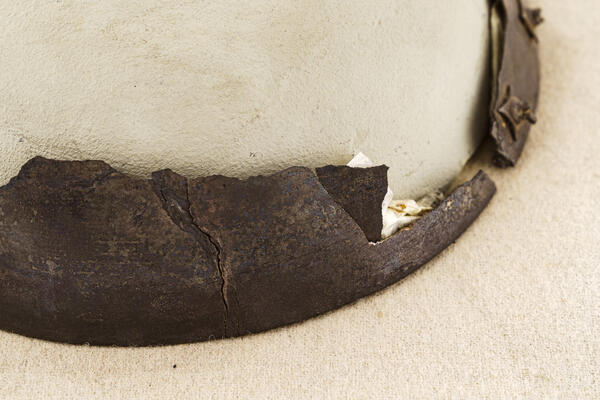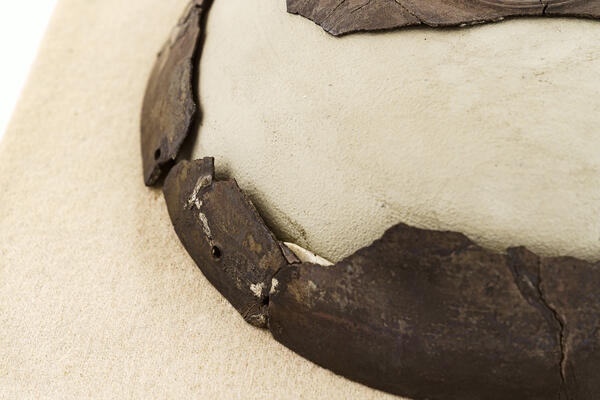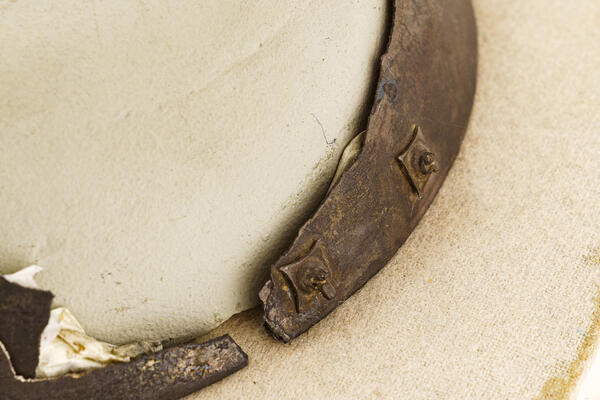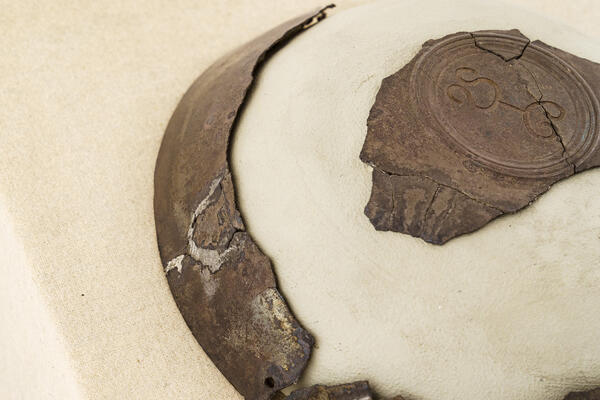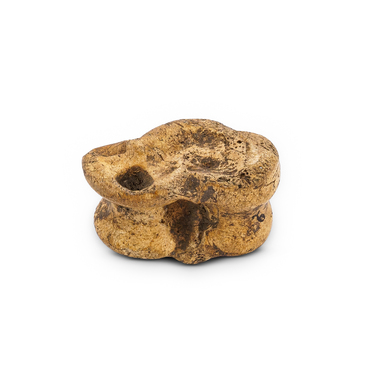When the common era began, the territory of the Don region came under the control of the Sarmatians. Following the conquest of Scythia, they emerged as a significant force in the eyes of the Greeks and Romans, representing the northeastern region of the known world. Like the Scythians, the Sarmatians were a people speaking an Iranian language, and it is possible that thanks to them, the main river in the region became known as the “Don” (from the word dānumeaning “water” or “river”).
According to some experts, these lands were inhabited by “Sarmatian hippophages” — horse-eaters. This word was recorded by the late antique author Claudius Ptolemy. In a forest-steppe environment, only horses were able to dig food out from under the snow, thus they were the foundation of local nomadic herds.
Originally, the exhibit on display was an antique bowl that the Sarmatians later transformed into a silver phalera — a disk worn in ancient times on the heads or breasts of horses or sometimes by men. The item was created in the late 1st century. It is not an archaeological discovery, but rather an accidental find that was made on the Titchikha farm in the Liskinsky District of the Voronezh Oblast in 1938. The silver phalera was unearthed by Dmitry Dmitrievich Leonov, an employee of the Voronezh Regional Museum of Local Lore.
The original vessel, from which the phalera was later fashioned, was made by casting. The bowl’s walls were shaped through forging from a pre-made blank with a solid base. The craftsman soldered the mouth to the inside of the vessel and then shaped a roller through forging, trimming the lower edge along the way.
Handles were made on the vessel walls, under the mouth. These handles did not survive. Presumably, they were omega- or arc-shaped, and were fixed at the ends with loops. A tamga stamp was left on the bottom of the vessel. This mark could have belonged to Pharzoios, a powerful Sarmatian ruler from the first century CE.

